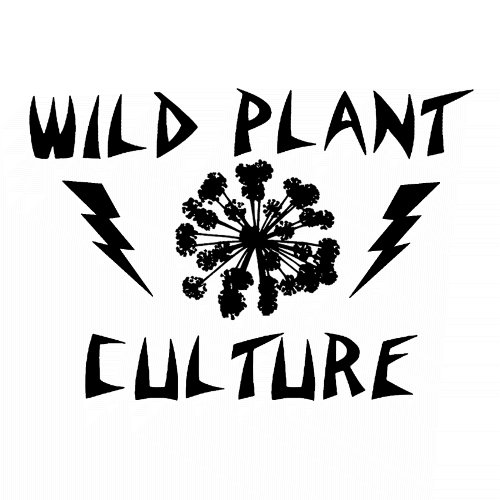Wild Leek: Lush but fleeting seasonal delicacy in the deep woods

I’ll be posting some teasers from the forthcoming book Wild Plant Culture, like the plant profile below, timed to the season when it’s most relevant. Harvesting the foliage, sparingly, instead of the bulbs, is one of the best ways to lessen harm to wild populations….
Growing primarily on slopes and terraces above streams and rivers, this is a broad-leaved wild onion with a distinctive, delicious flavor to its foliage and bulbs. It is also known as "ramps" and has quite a following as such among foodies and rural folks alike. Its leaves arise in April and are generally dormant by June — an adaptation to forest life that it shares with other spring ephemerals such as trout lily and squirrel corn. It flowers in summer and produces seed by October.
Wild leek (Allium tricoccum) is a slow-growing species. It takes two years to germinate from seed, another two or three to reach a size ready for planting, with leaves maybe an inch thick. Reproductive individuals are likely seven years old or older, and the plant moves through the landscape via gravity-dispersed seed as well as bulb offsets. Thus, the huge colonies often encountered in its wild haunts are probably centuries old.
The recent faddishness of ramps as a gourmet food threatens its persistence in parts of its range, as large populations of humans can strip ancient colonies in relatively brief timespans. This recommends it for restoration on a broad scale. Humans are a good, highly mobile animal helper for ramps. Without help, the seeds may not move particularly quickly from one drainage to another.
A colleague has had considerable success introducing wild leeks via seed to the stream corridor woods on his property. Planting three year-old bulbs during dormant season would speed the process of colonization by at least a few years. However, given the timeframe for leek maturation and the commencement of reproduction, a few years here or there might not make much long-term difference.
____
Adapted from the book Wild Plant Culture, out November 2022 from New Society Publishers.
